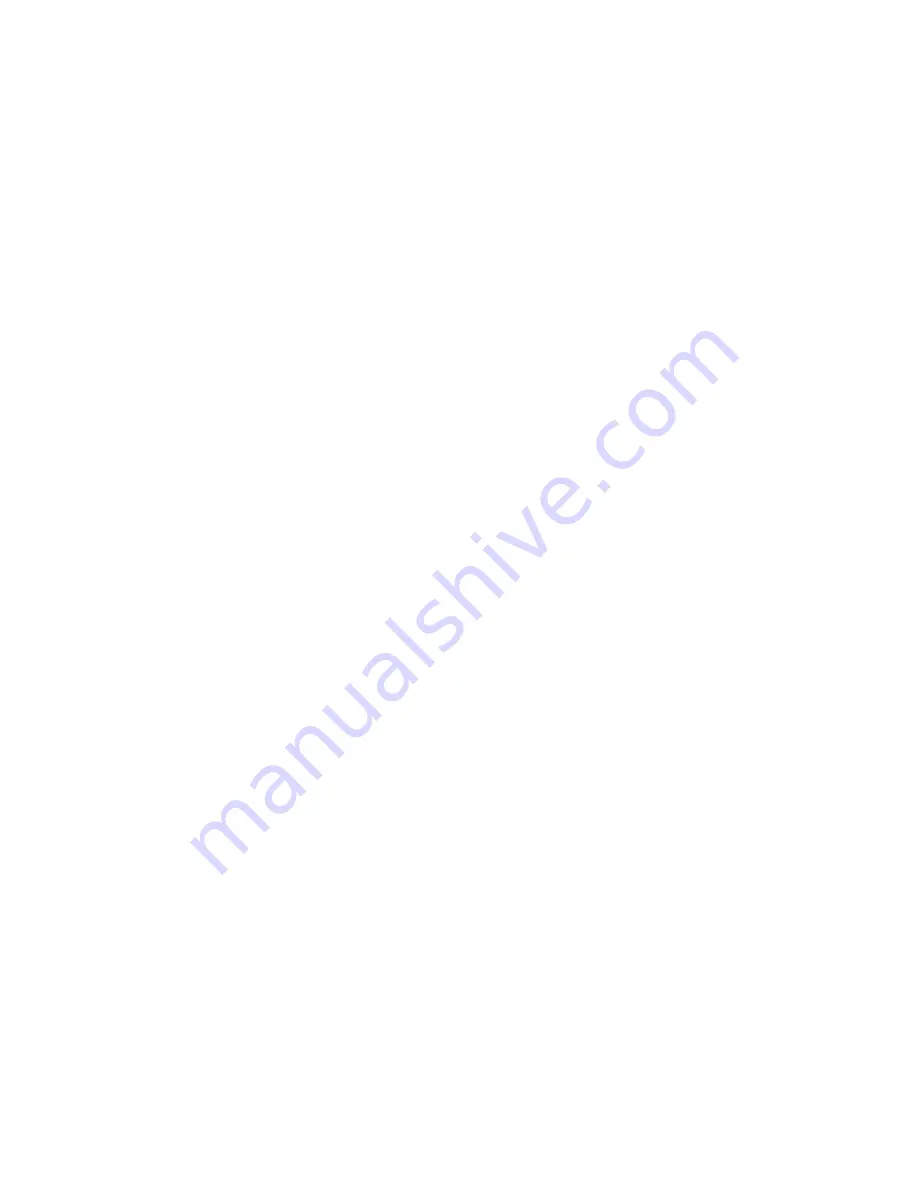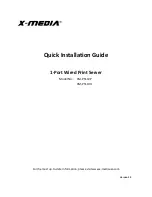
49
■
The color profiles built into your
printer software automatically
reference your monitor profile.
Make sure that your monitor is
calibrated correctly.
■
Try experimenting with the
Gamma setting on the Advanced
dialog box; see page 18 for
information about accessing the
Advanced dialog box.
■
The colors produced by DuraBrite
inks may look slightly different
than those produced by ordinary
dye-based ink.
■
Due to the nature of pigment inks,
lighting conditions can affect the
appearance of printer output. For
example, a print viewed in daylight
may appear to have a slightly
different color balance when viewed
under tungsten lighting. Your
printer software was designed to
represent color accurately when
prints are illuminated with a D50
(daylight) light source.
■
Your printed colors can never
exactly match your on-screen
colors. However, you can use a
color management system to get as
close as possible.
Your printout is grainy.
■
Try using a higher quality paper.
■
Set the Quality/Speed slider to the
Quality
setting in your printer
software; see page 7 (Windows) or
12 (Macintosh).
■
You may need to increase the image
resolution or print it in a smaller
size; see your software
documentation.
Some parts of your print are not as
glossy as others.
Because of the nature of pigment inks,
the degree of gloss may be uneven on
glossy photo papers. Surface gloss
decreases with greater pigment
saturation.
Problems with Paper
Feeding
Paper doesn’t eject fully or is
wrinkled.
■
If the paper doesn’t eject fully, you
may have set the wrong paper size.
Press the
m
paper button to eject
the paper, then select the correct
paper size in your application or
printer software.
■
If it’s wrinkled when it ejects, the
paper may be damp or too thin.
















































